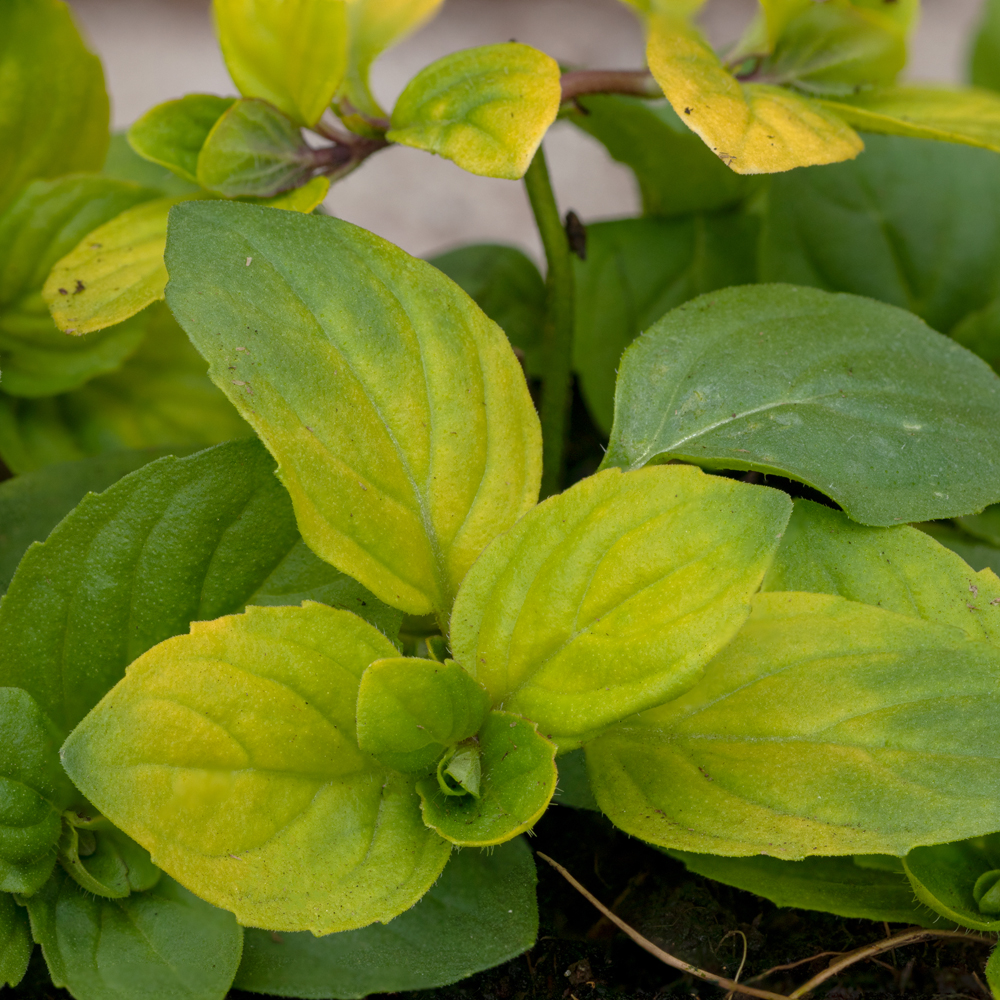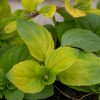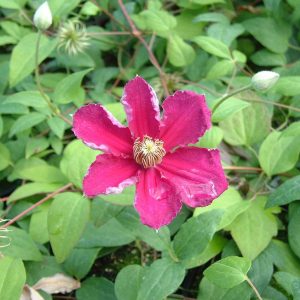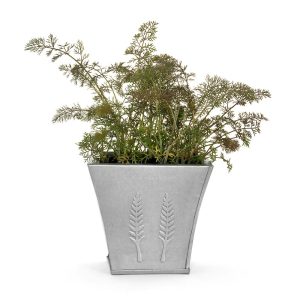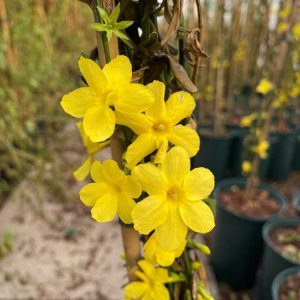Description
Mentha ‘Berries and Cream’ is known for its attractive coloured leaves with purple and green coloring and its strong, minty aroma and flavor. The leaves can be used fresh or dried to flavor a variety of dishes, particularly in Mediterranean and Middle Eastern cuisine, and also to make teas and other beverages. The plant also produces small, purple flowers that are not edible. ‘Berries and Cream’ is a low-maintenance and hardy plant that can be grown in a variety of soils and prefers partial to full sun. It can be invasive if not kept in check, so it’s best to grow it in a container or in a designated area of the garden. The leaves of this cultivar adds an interesting ornamental value to the plant, making it a great addition to any garden.
Key Facts
- Common Name(s):Berries and Cream Mint
- Hardiness:Fully hardy
- How big will I get? Mentha ‘Berries and Cream’ can grow to a height of 1m and a spread of.
- Did You Know That:Mint is a fast-growing plant, it can quickly spread through underground runners and can become invasive if not controlled?
Plant Calendar
A rough guide to how this plant will change through the year.
| Jan | Feb | Mar | Apr | May | June | July | Aug | Sept | Oct | Nov | Dec | |
| Flowering Time |  |
 |
 |
|||||||||
| Foliage Colour |   |
  |
  |
  |
  |
  |
  |
  |
  |
| J | F | M | A | M | J | J | A | S | O | N | D |
 |
 |
 |
|||||||||
  |
  |
  |
  |
  |
  |
  |
  |
  |
Care Guide

Soil Requirements
Mentha ‘Berries and Cream’ thrives in wet or damp soil with decent drainage or in poorly draining soil. This plant can grow in soil with a wide range of pH levels, it is not picky about the pH level of the soil.

Best Position
Mentha ‘Berries and Cream’ can handle either an exposed or a sheltered position and requires full sun to thrive, this consists of more than six hours of direct sunshine per day.

Maintenance
Mentha ‘Berries and Cream’ should be cut back after it finishes flowering will promote growth the following year by redirecting energy from seed production and foliage maintenance to root growth.

Pest, Diseases and Wildlife
Mentha ‘Berries and Cream’ is generally pest free, it can be vulnerable to certain diseases such as powdery mildews and rust. It is also known to attract bees, butterflies and other pollinators. It is toxic to cats and dogs.
